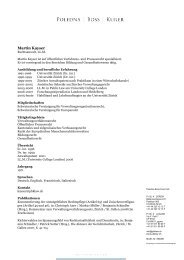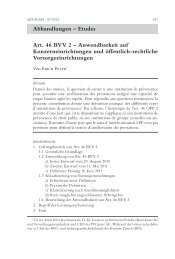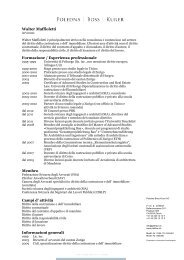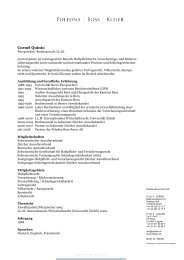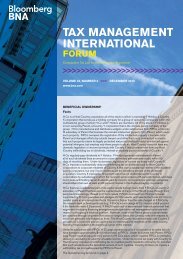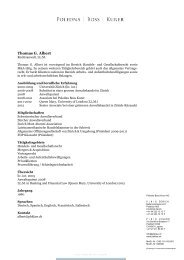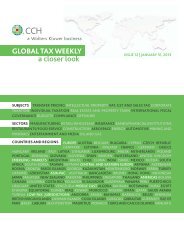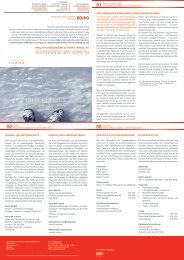721.8 kB - Poledna | Boss | Kurer
721.8 kB - Poledna | Boss | Kurer
721.8 kB - Poledna | Boss | Kurer
- No tags were found...
You also want an ePaper? Increase the reach of your titles
YUMPU automatically turns print PDFs into web optimized ePapers that Google loves.
FEATURED ARTICLESISSUE 30 | JUNE 6, 2013Recurring Issues In African M & Aby Nick Aziz and Tara Walsh,McDermott Will & EmeryEconomic growth in sub-Saharan Africa continuesat a pace that is impressive in comparison with globalaverages. While the more mature markets in theUnited States and Europe continue to struggle withthe consequences of the financial crisis of 2008, theoutlook for business in Africa is very different.Some of the outstanding performers – Angola, Nigeriaand Chad – owe their progress to oil, but whathas helped fuel sustained growth across this regionis the effect of a marked transition away from subsistencefarming to employment in the wider commercialsector. Analysis from the McKinsey GlobalInstitute suggests that just 32 per cent of Africa'sGDP growth from 2000 through 2008 was generatedfrom natural resources and related governmentspending. The remainder came from the wholesaleand retail, transportation, telecommunications andmanufacturing sectors. This highlights a fundamentaldemographic change that is characterized by Africa'sincreasing urbanization and its rising consumerledmiddle class, leading to new potential investmentopportunities in the region in food production, fastmoving consumer goods, financial services/consumerfinance, manufacturing and technology.Background TrendsMerger & acquisition activity in the region rangesfrom auction sales of long-held family businessesthat are now run by professional managers becausethe younger generation is either too disparateto present a manageable shareholder base orsimply not interested in carrying on the business,to auction sales of African subsidiaries of familyownedinternational groups where the Africancomponents are now valued at higher multiplesthan the group as a whole. Exits also are beingprecipitated by the comparatively prohibitivecost of local bank finance in Africa, which is forcingbusiness owners to sell or to seek alternativesources of finance such as from strategic foreignequity investors.First time international investors are most likely tomake strategic alliances with local, well-establishedgroups, for example Danone SA's USD686 million(or 37.8 per cent) stake in the Moroccan dairybusiness, Centrale Laitiere. Other investors aremaking strategic acquisitions as part of a "buy andbuild" strategy to embed themselves into the regionwithin a sector. Examples include Singapore-basedOlam International's acquisitions of Crown FlourMills, OK Foods and Ranona, which together benefitfrom integrated scale and synergies.50





